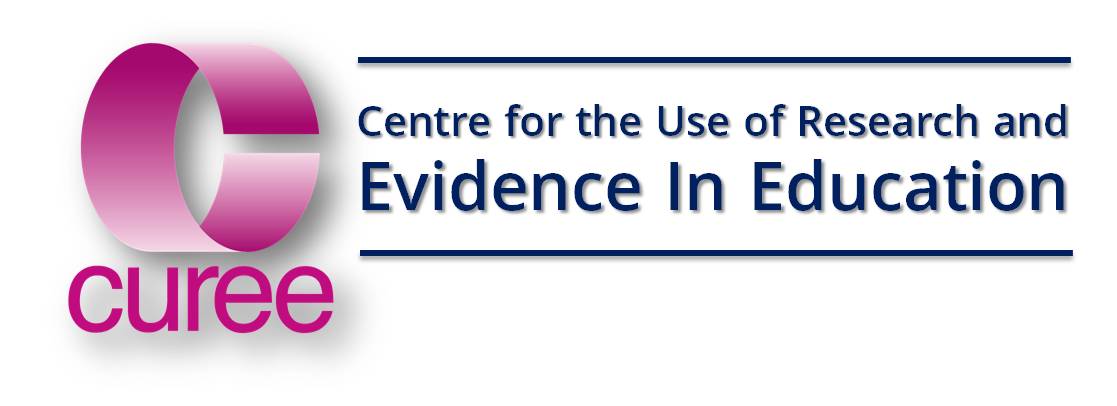For two years CUREE staff and associates been delighted to play a part in supporting the development of the school-led school improvement system in the West Midlands. That particular role - Teaching and Leadership Adviser (TLA) - comes to an end this month as the sponsor, National College for Teaching and Leadership (NCTL), is closing down the service. As my colleagues, Jill Wilson and Pauline Smith, and I wrap up final reports and hand back the infuriatingly slow Government IT kit, this is a good time to reflect on how the school-led system has developed in that period and to think about what might happen next. Although the TLA role has ended, CUREE and its team are still here and keen to support colleagues in teaching schools, multi-academy trusts and individual schools as they work to provide the best possible futures for their pupils in very uncertain times. That support could include action to address the underperformance of vulnerable pupils which is a widespread issue across the region.
 It’s tempting to run through a list of the new teaching schools we have helped to start up, the relationships we have brokered, the dragons we have fought off etc – but that way I’ll sound like a politician so I won’t. Instead I’d like to focus on two features of the local/regional system which have really bedded in and two which are worryingly underdeveloped.
It’s tempting to run through a list of the new teaching schools we have helped to start up, the relationships we have brokered, the dragons we have fought off etc – but that way I’ll sound like a politician so I won’t. Instead I’d like to focus on two features of the local/regional system which have really bedded in and two which are worryingly underdeveloped.
First the good news. In the last two years the number of teaching schools has increased by seven to provide a decent level of coverage across the patch (from the Welsh borders to Warwickshire). Furthermore, the teaching schools are working better with each other, with strategic partners and with other schools to co-ordinate provision and reduce unhelpful competition and duplication. Newer teaching schools are working with existing ones in many areas and some common services (notably web-based portals) are springing up. Second, that co-operation is spreading out from established local areas (typically within-LA) joining up at sub-regional and regional level. Supported by the TLAs locally, this movement has been given a significant boost by the Teaching Schools Council (TSC) particularly by Richard Gill, Regional TSC representative (and CEO Arthur Terry) and by the various collaborative systems now working across the region. These are important as the direction of travel is clear; the TSC and its regional support structures are destined to be the principal vehicle through which resources to support local school-to-school activity are channelled. This will become even more important in a year or so when the remaining school support capacity of local authorities largely disappears.
So this is great – what’s the problem? Well, putting to one side the really big ones - of diminishing real resources, teacher supply and the gathering impact of Brexit on public services - there are two that stand out. Firstly, the collaboration I described above is real but it’s fragile. It operates better in some domains (school-to-school support, teacher training) than others (CPD provision, succession management). The structures are largely voluntary and, when the TLA support is removed, will be run by busy people trying to fit it in on top of the day job. Few of the support processes which keep things running day to day have been designed let alone put in place.
Second, the West Midlands region as a whole comes out about average in comparison to the rest of England but it includes some pockets of serious underperformance. A weakness more widespread than others is the failure to close the gap between the achievements of vulnerable pupils and the rest; which afflicts even the leafy shires of Worcestershire and Warwickshire. The challenge here is that these are large scale, stubborn problems which require specialist expertise which the local school-to-school support apparatus probably can’t address on its own. This is an issue of particular interest to CUREE as we have been researching it for a long time. It was the subject of our most recent report, Gaining and Sustaining Momentum in which we were able to isolate the both the blockages to progress and the steps necessary to overcome them.
We have made some good friends in the region through our roles as TLAs, where previously our work had been national, and we have met people we like and admire. We hope that there is life after TLA and we can maintain and enhance our working relationships with our neighbours. You know where we are.
Paul Crisp
Jill Wilson
Pauline Smith
